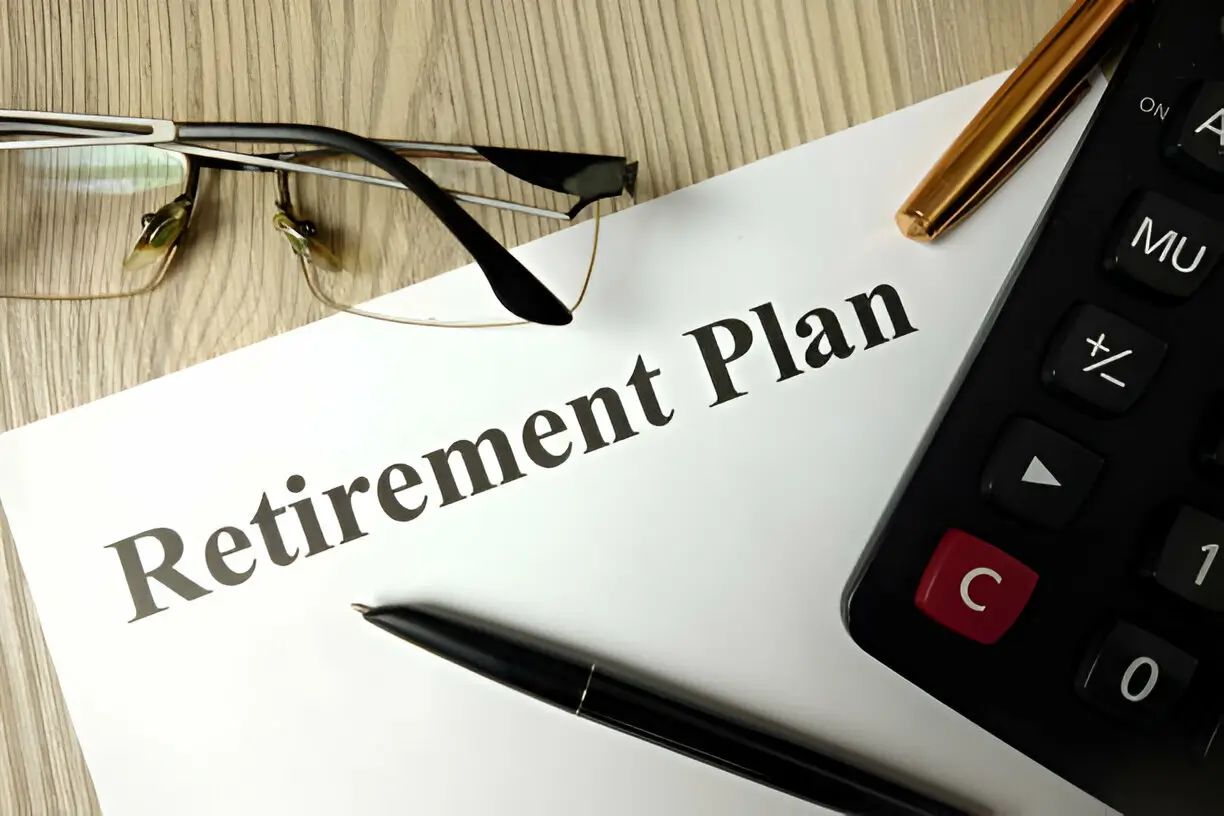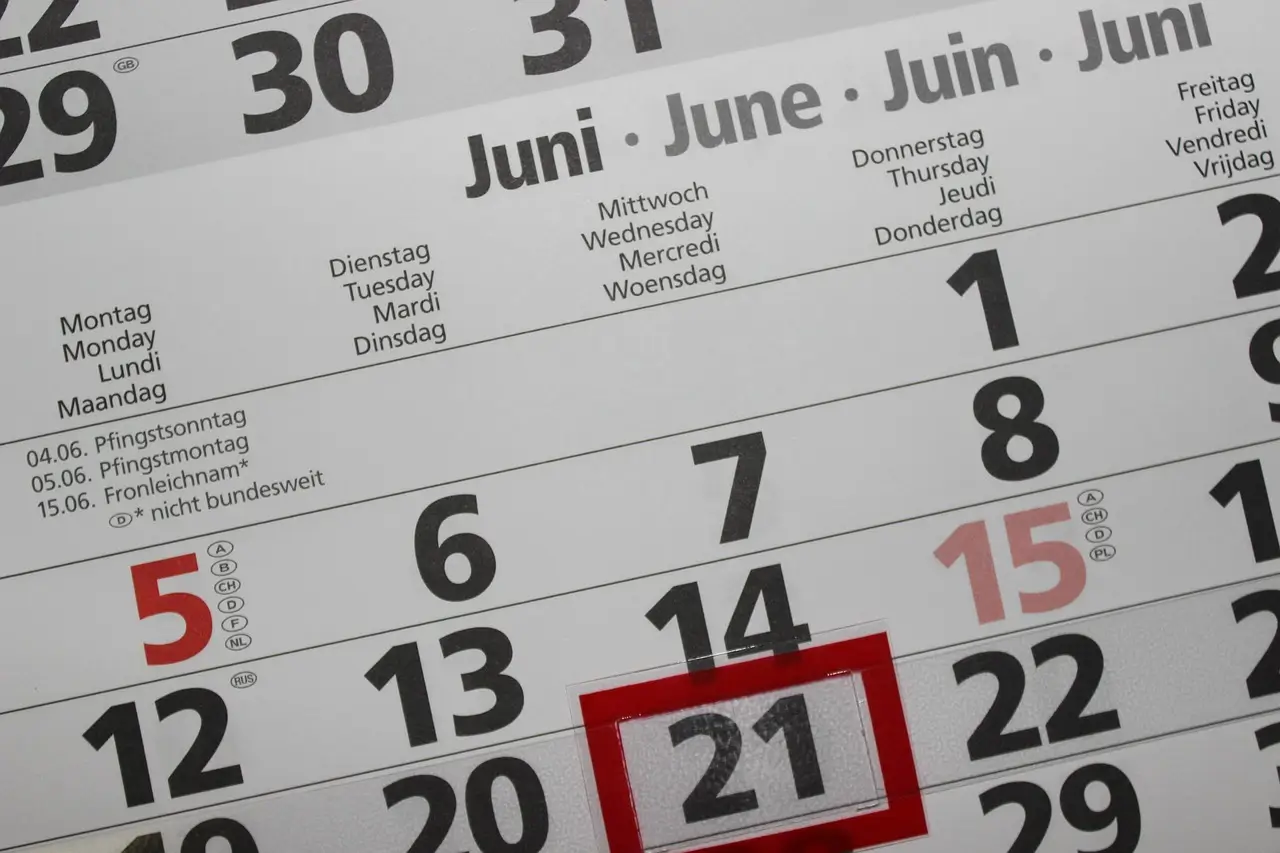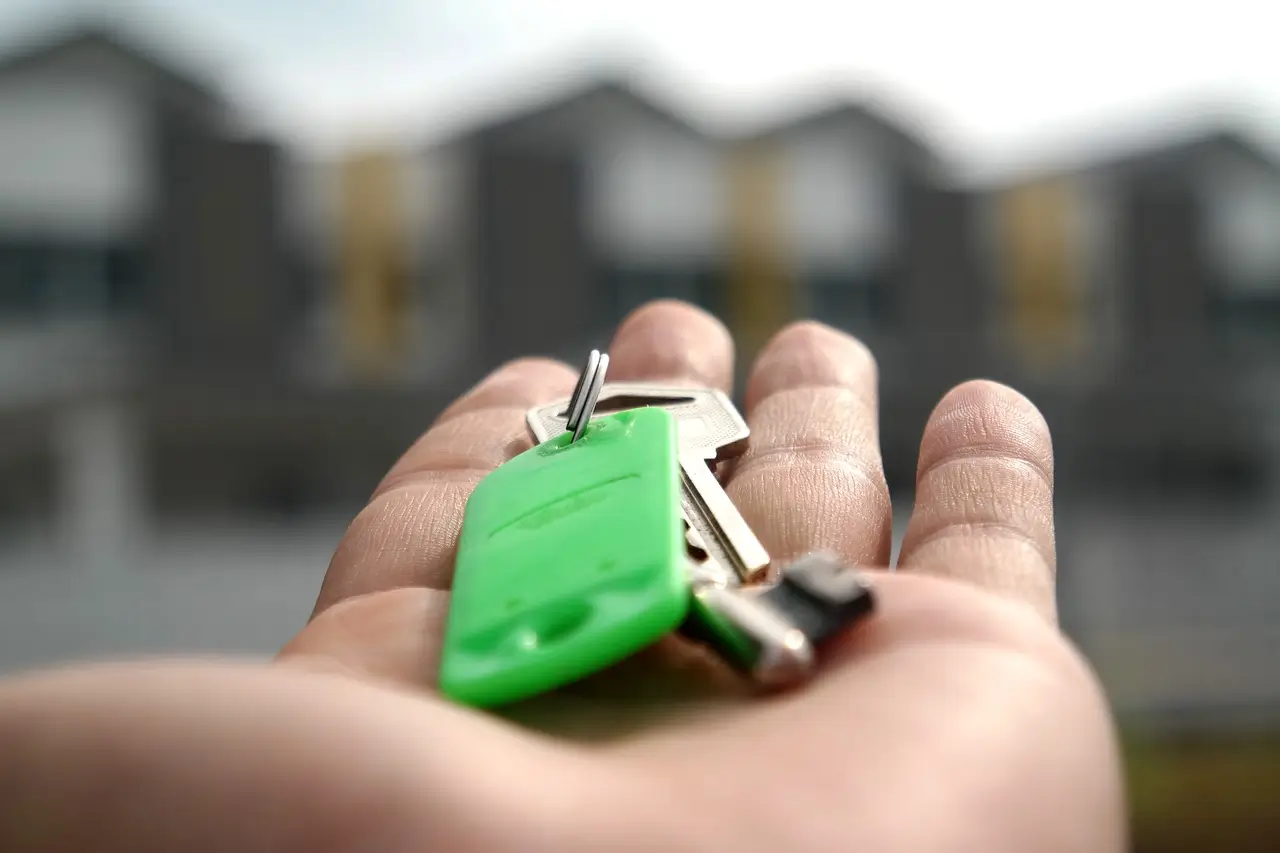How to Rebuild Your Credit After a Bankruptcy
Bankruptcy can feel like hitting rock bottom, but it’s not the end of your financial journey. Ready to bounce back and rebuild your credit? This guide will show you how to turn your financial setback into a comeback. With the right steps, you can repair your credit score and regain financial stability. Let’s get started on the path to recovery.
Bankruptcy is a legal process that allows individuals or businesses to eliminate or repay their debts under the protection of the court. While it can provide much-needed relief, it also has a significant impact on your credit score. Knowing how bankruptcy affects your credit is the first step in rebuilding it.
Types of Bankruptcy
There are two main types of bankruptcy for individuals: Chapter 7 and Chapter 13.
- Chapter 7: Also known as liquidation bankruptcy, it involves selling off non-exempt assets to pay creditors. It can stay on your credit report for up to 10 years.
- Chapter 13: This type allows you to keep your assets while you follow a court-approved repayment plan. It typically stays on your credit report for 7 years.
Immediate Effects on Credit
Filing for bankruptcy will cause a significant drop in your credit score. It signals to lenders that you were unable to meet your financial obligations. However, with time and effort, you can rebuild your credit and improve your financial health.
Steps to Rebuild Your Credit After Bankruptcy
Rebuilding your credit after bankruptcy requires patience, discipline, and a strategic approach. Here are the steps to help you get back on track.
Step 1: Review Your Credit Report
After bankruptcy, it’s crucial to review your credit report for accuracy. Ensure that discharged debts are marked correctly and that there are no errors that could further impact your credit score.
Step 2: Create a Budget and Stick to It
Developing a realistic budget helps you manage your finances and avoid future debt. Track your income and expenses, and prioritize saving and paying bills on time.
Step 3: Build an Emergency Fund
An emergency fund can prevent you from falling back into debt when unexpected expenses arise. Aim to save at least three to six months’ worth of living expenses.
Step 4: Get a Secured Credit Card
A secured credit card is a great way to start rebuilding credit. It requires a cash deposit as collateral, and your spending limit is usually equal to the deposit. Use it responsibly and pay the balance in full each month to improve your credit score.
Step 5: Consider a Credit-Builder Loan
Credit-builder loans are designed to help people improve their credit. You borrow a small amount, which is held in a bank account while you make payments. Once the loan is paid off, the money is released to you, and your on-time payments are reported to credit bureaus.
Step 6: Become an Authorized User
Ask a trusted friend or family member with good credit if you can become an authorized user on their credit card. This can help you build credit without being responsible for the payments.
Step 7: Pay All Bills on Time
Timely payments are crucial for rebuilding credit. Set up automatic payments or reminders to ensure you never miss a due date.
Step 8: Keep Your Credit Utilization Low
Credit utilization, the amount of credit you use compared to your credit limit, should be kept below 30%. This demonstrates responsible credit use and positively impacts your credit score.
Step 9: Avoid High-Risk Financial Behavior
Refrain from applying for too much new credit at once, as multiple inquiries can hurt your credit score. Also, avoid high-interest loans that could lead to more financial trouble.
Step 10: Monitor Your Credit Regularly
Regularly check your credit reports and scores to track your progress and identify any errors. Use free services or subscribe to a credit monitoring service for alerts on changes to your credit profile.
Real-Life Example: Rebuilding After Bankruptcy
Meet Jane, a single mother who filed for Chapter 7 bankruptcy after losing her job. Determined to rebuild her financial life, Jane followed the steps above. She started by reviewing her credit report and correcting errors. Jane created a budget, opened a secured credit card, and diligently paid her bills on time. Within two years, her credit score improved significantly, allowing her to qualify for a car loan with favorable terms.
Long-Term Strategies for Maintaining Good Credit
Once you’ve rebuilt your credit, it’s essential to maintain good habits to ensure long-term financial health.
Continue Budgeting
Stick to your budget and adjust it as necessary to accommodate changes in your financial situation. Regular budgeting helps you manage expenses and save for the future.
Build and Maintain an Emergency Fund
Keep contributing to your emergency fund even after reaching your initial savings goal. This will provide a financial cushion for any future unexpected expenses.
Diversify Your Credit Mix
Having a mix of credit types, such as credit cards, auto loans, and mortgages, can positively impact your credit score. Manage each account responsibly to demonstrate your ability to handle various forms of credit.
Review Your Credit Regularly
Continue monitoring your credit report and score to ensure accuracy and track your progress. Address any discrepancies immediately to avoid negative impacts on your credit.
Seek Professional Advice
Consider working with a financial advisor or credit counselor to develop a personalized plan for maintaining good credit. They can provide valuable insights and strategies tailored to your specific situation.
Conclusion
Rebuilding your credit after bankruptcy is a challenging but achievable goal. By understanding the impact of bankruptcy and following a strategic plan, you can improve your credit score and regain financial stability. Stay disciplined, be patient, and remember that each step you take brings you closer to financial freedom.
FAQs
How long does it take to rebuild credit after bankruptcy?
Rebuilding credit after bankruptcy can take several years. With diligent effort and responsible financial habits, you can see significant improvements in your credit score within two to three years.
Can I get a mortgage after bankruptcy?
Yes, you can get a mortgage after bankruptcy. Most lenders require a waiting period of two to four years after a bankruptcy discharge, during which you should focus on rebuilding your credit and saving for a down payment.
Will my bankruptcy affect my ability to rent a home?
Bankruptcy can affect your ability to rent a home, as some landlords may check your credit report. However, providing references, proof of income, and a larger security deposit can help mitigate concerns.
Can I include student loans in my bankruptcy?
Student loans are generally not dischargeable in bankruptcy, except in cases of undue hardship. Consult with a bankruptcy attorney to explore your options if you’re struggling with student loan debt.
How does bankruptcy affect my credit score?
Bankruptcy has a significant negative impact on your credit score, often resulting in a drop of 200 points or more. However, the impact lessens over time as you rebuild your credit with responsible financial behavior.
What are the alternatives to bankruptcy?
Alternatives to bankruptcy include debt consolidation, credit counseling, debt settlement, and negotiating directly with creditors. These options can help you manage debt without the long-term impact on your credit.
Rebuilding your credit after bankruptcy is a journey that requires patience and perseverance. By following these steps and staying committed to your financial goals, you can overcome the challenges of bankruptcy and achieve a brighter financial future.






